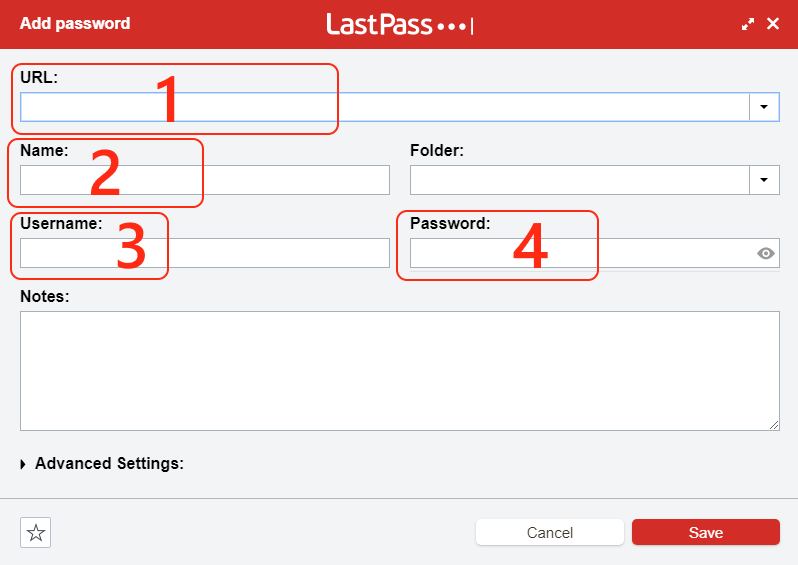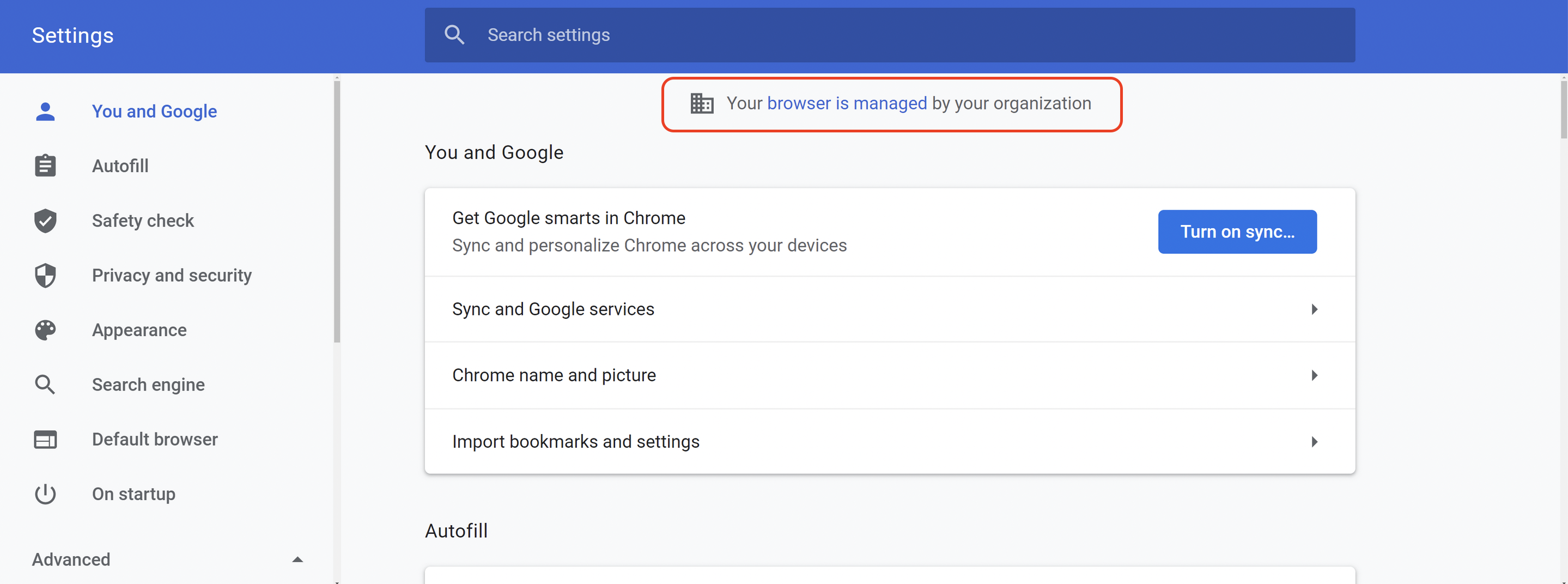


If you have, you'll see this error message: "This email address is already taken." If you create a new Google Account when joining a Google service, make sure you haven't previously signed up to use a Google service with the same business email address. And their data becomes available again (it’s kept with your account). If your admin later removes your Google Account from your Chrome organization, you can resume using any services that weren't available with managed Chrome. You get data back if your account is removed from Chrome Then sign up for a new account using your work email address. Change the email address for your account and continue to access all your data.Use Google Takeout to save a copy of your data.If you want to continue to manage personal data in services that aren't available with managed Chrome, do one of the following: Your admin controls information in your Chrome Profile, such as passwords, bookmarks, and history.
#Managed by your organisation chrome lastpass password
Fortunately though, LastPass and other password management companies have already or are working on implementing passkey support to make their services even more secure.If you join your Chrome organization with an address that already uses Google services, here’s what happens: You’ll lose access to Google servicesįor example, you can’t use services such as YouTube, Google Ads, and Google Analytics with the account you use to join your managed Chrome organization. Since password managers hold all kinds of credentials, secrets and other sensitive information, unfortunately they’re likely to remain a prime target for hackers.

This security breach actually was the result of another breach that took place in August 2022. If you’re wondering why LastPass has implemented all of these new security upgrades it's due to a security breach in December of last year where hackers managed to steal a large amount of partially encrypted customer information and password vault data. Likewise, users will also be required to re-enter their login credentials and authenticate themselves once more using their preferred authenticator app. From here, you will also need to enter your credentials again and authenticate using your authenticator app.Īs an additional security measure, LastPass users will then be asked to verify their location one more time when they login to a website or app using the service again. Once this is done, you’ll need to verify your location the next time you login to a website or an app using the service. If you follow the guide linked above, it explains the detailed procedure that’s required to reset the pairing between LastPass and your preferred authenticator app. If you’ve been locked out of your LastPass account as a result of this change, the company has provided a step-by-step guide in a detailed support document. What to do if you’ve been locked out of your LastPass account Improvements to keep your passwords safer are always a welcome addition to the best password managers but if these upgrades prevent you from logging back into your account and make it near impossible to access your credentials, it’s easy to see why affected LastPass customers are upset with the change even though it was designed to make the platform more secure. Thus the reason for LastPass’ MFA resync was done to improve the encryption of their vaults while increasing the password iterations of each customer. This “password-strengthening algorithm” also makes it more difficult for a compromised computer to check to see if any one password is a user’s correct master password during a cyberattack. (Image credit: NicoElNino / Shutterstock)Īlthough LastPass users may be frustrated they can no longer access their vaults and the credentials stored inside them, the company went on to explain in several advisories that the change was done in an effort to increase password iterations to the new default of 600,000 rounds.įor instance, in a support bulletin, LastPass explained that the service now uses “a stronger-than-typical version of the Password-Based Key Derivation Function (PBKDF2)” to further increase the security of users’ master passwords.


 0 kommentar(er)
0 kommentar(er)
